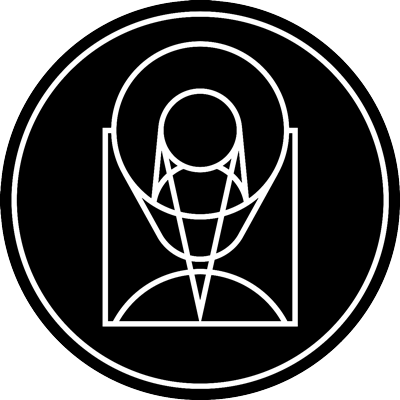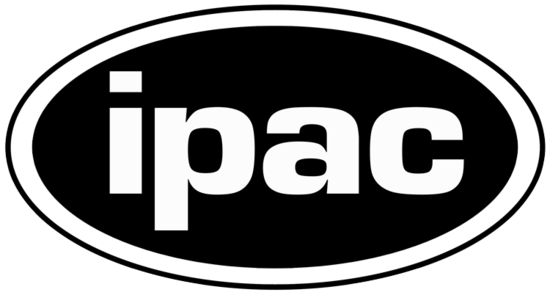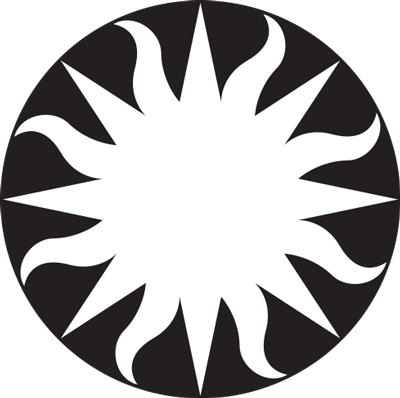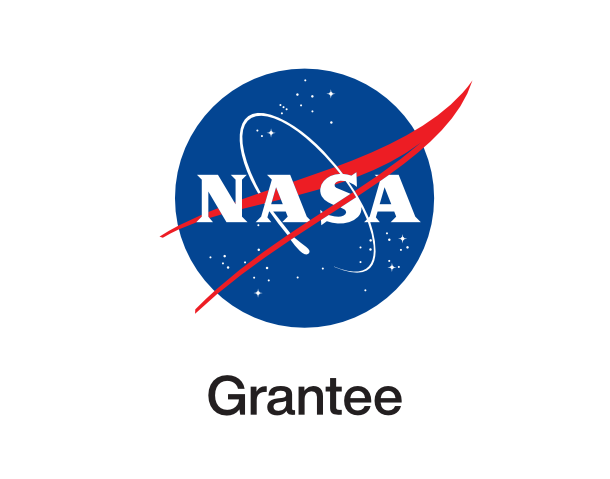Portrait of a galaxy cluster

esahubble_potw2527a July 7th, 2025
Credit: ESA/Hubble & NASA, M. Postman, P. Kelly
A massive, spacetime-warping cluster of galaxies is the setting of today’s NASA/ESA Hubble Space Telescope Picture of the Week. The galaxy cluster in question is Abell 209, which is located 2.8 billion light-years away in the constellation Cetus (The Whale). This Hubble image of Abell 209 shows more than a hundred galaxies, but there’s more to this cluster than even Hubble’s discerning eye can see. Abell 209’s galaxies are separated by millions of light-years, and the seemingly empty space between the galaxies is actually filled with hot, diffuse gas that can be spotted only at X-ray wavelengths. An even more elusive occupant of this galaxy cluster is dark matter: a form of matter that does not interact with light. The Universe is understood to be comprised of 5% normal matter, 25% dark matter, and 70% dark energy. Hubble observations like the ones used to create this image can help astronomers answer fundamental questions about our Universe, including mysteries surrounding dark matter and dark energy. These investigations leverage the immense mass of a galaxy cluster, which can bend the fabric of spacetime itself and create warped and magnified images of background galaxies and stars in a process called gravitational lensing. While this image lacks the dramatic rings that gravitational lensing can sometimes create, Abell 209 still shows subtle signs of lensing at work, in the form of streaky, slightly curved galaxies within the cluster’s golden glow. By measuring the distortion of these galaxies, astronomers can map the distribution of mass within the cluster, illuminating the underlying cloud of dark matter. This information, which Hubble’s fine resolution and sensitive instruments help to provide, is critical for testing theories of how our Universe has evolved. [Image Description: A cluster of distant, mainly elliptical galaxies. They appear as brightly shining points radiating golden light that each take the shape of a smooth, featureless oval. They crowd around one that is extremely large and bright. A few spiral galaxies of comparable size appear too, bluer in colour and with unique shapes. Of the other, more small and distant galaxies covering the scene, a few are warped into long lines.] Links Pan: Abell 209
Provider: Hubble Space Telescope | ESA
Image Source: https://esahubble.org/images/potw2527a/
Curator: ESA/Hubble, Baltimore, MD, United States
Image Use Policy: Creative Commons Attribution 4.0 International License
 Color Mapping
Color Mapping
| Telescope | Spectral Band | Wavelength | |
|---|---|---|---|

|
Hubble (ACS) | Optical (B) | 435.0 nm |

|
Hubble (ACS) | Optical (g) | 475.0 nm |

|
Hubble (ACS) | Optical (V) | 606.0 nm |

|
Hubble (ACIS) | Optical (r) | 626.0 nm |

|
Hubble (ACS) | Optical (i) | 775.0 nm |

|
Hubble (ACS) | Optical (I) | 814.0 nm |

|
Hubble (ACS) | Optical (z) | 850.0 nm |

|
Hubble (WFC3) | Infrared (Y) | 1.1 µm |

|
Hubble (WFC3) | Infrared (YJ) | 1.1 µm |

|
Hubble (WFC3) | Infrared (J) | 1.3 µm |

|
Hubble (WFC3) | Infrared (JH) | 1.4 µm |

|
Hubble (WFC3) | Infrared (H) | 1.6 µm |














- ID
- potw2527a
- Subject Category
- Subject Name
- Abell 209
- Credits
- ESA/Hubble & NASA, M. Postman, P. Kelly
- Release Date
- 2025-07-07T06:00:00
- Lightyears
- Redshift
- Reference Url
- https://esahubble.org/images/potw2527a/
- Type
- Observation
- Image Quality
- Distance Notes
- Facility
- Hubble Space Telescope, Hubble Space Telescope, Hubble Space Telescope, Hubble Space Telescope, Hubble Space Telescope, Hubble Space Telescope, Hubble Space Telescope, Hubble Space Telescope, Hubble Space Telescope, Hubble Space Telescope, Hubble Space Telescope, Hubble Space Telescope
- Instrument
- ACS, ACS, ACS, ACIS, ACS, ACS, ACS, WFC3, WFC3, WFC3, WFC3, WFC3
- Color Assignment
- Blue, Blue, Cyan, Cyan, Green, Yellow, Yellow, Orange, Orange, Red, Red, Red
- Band
- Optical, Optical, Optical, Optical, Optical, Optical, Optical, Infrared, Infrared, Infrared, Infrared, Infrared
- Bandpass
- B, g, V, r, i, I, z, Y, YJ, J, JH, H
- Central Wavelength
- 435, 475, 606, 626, 775, 814, 850, 1050, 1100, 1250, 1400, 1600
- Start Time
- Integration Time
- Dataset ID
- None, None, None, None, None, None, None, None, None, None, None, None
- Notes
- Coordinate Frame
- ICRS
- Equinox
- J2000
- Reference Value
- 22.973251073662162, -13.611894650422183
- Reference Dimension
- 4169.0, 2512.0
- Reference Pixel
- 2084.5, 1256.0
- Scale
- -1.1100651142669245e-05, 1.1100651142669245e-05
- Rotation
- -21.759999999999959
- Coordinate System Projection:
- TAN
- Quality
- Full
- FITS Header
- Notes
- Creator (Curator)
- ESA/Hubble
- URL
- https://esahubble.org
- Name
- Telephone
- Address
- ESA Office, Space Telescope Science Institute, 3700 San Martin Dr
- City
- Baltimore
- State/Province
- MD
- Postal Code
- 21218
- Country
- United States
- Rights
- Creative Commons Attribution 4.0 International License
- Publisher
- ESA/Hubble
- Publisher ID
- esahubble
- Resource ID
- potw2527a
- Resource URL
- http://esahubble.org/media/archives/images/original/potw2527a.tif
- Related Resources
- Metadata Date
- 2025-07-28T21:23:49.036305
- Metadata Version
- 1.1
Detailed color mapping information coming soon...


